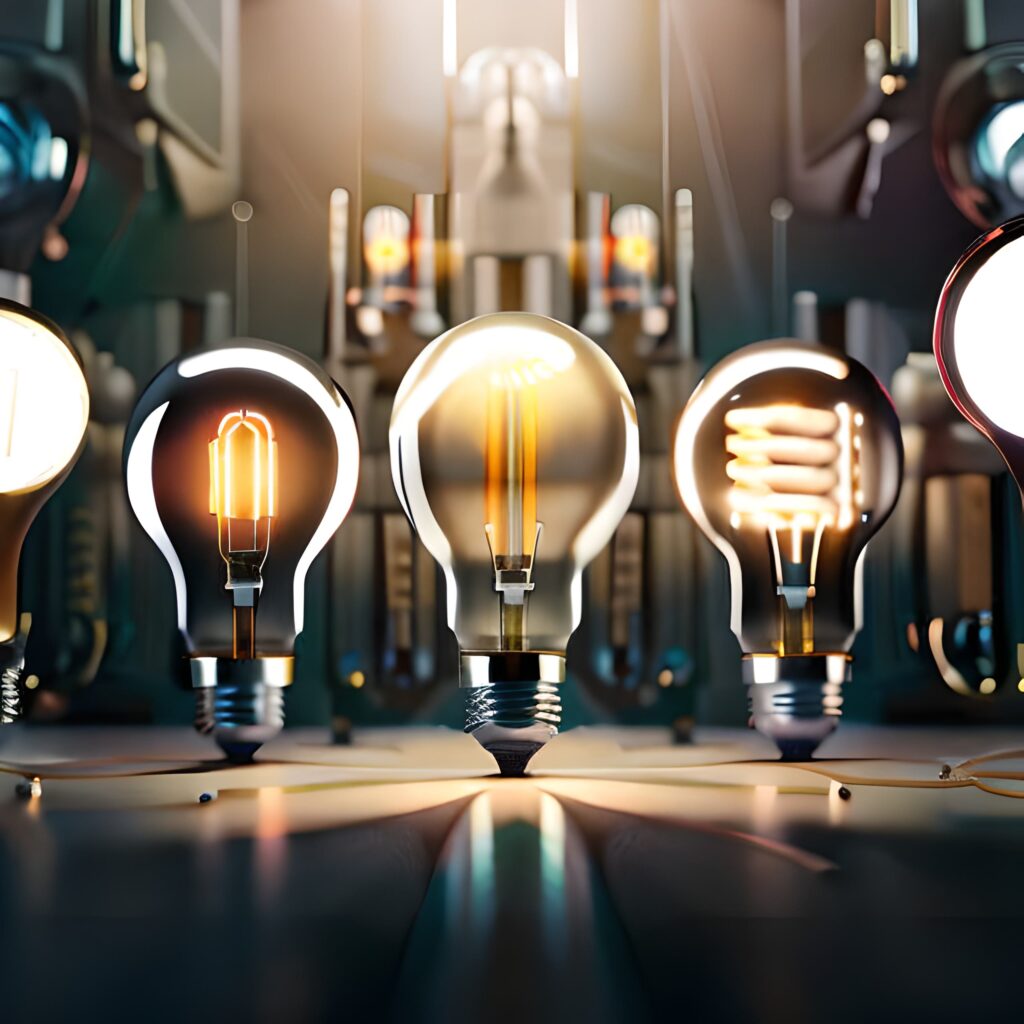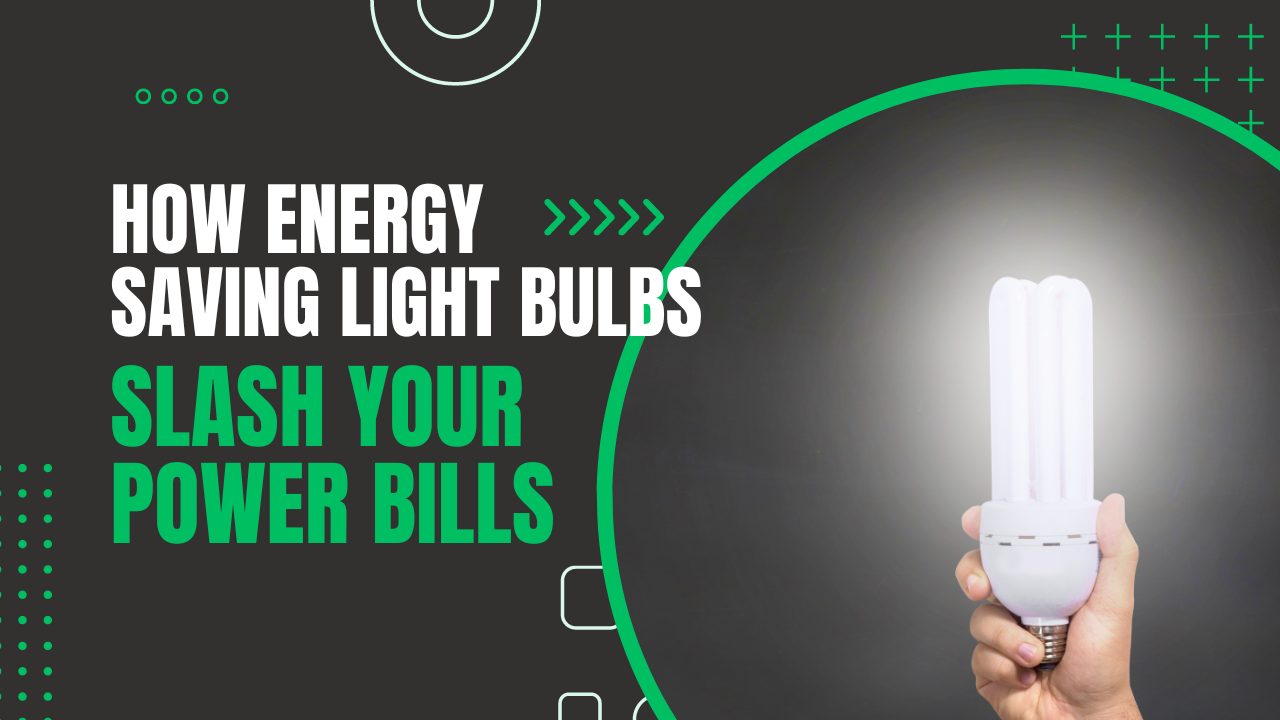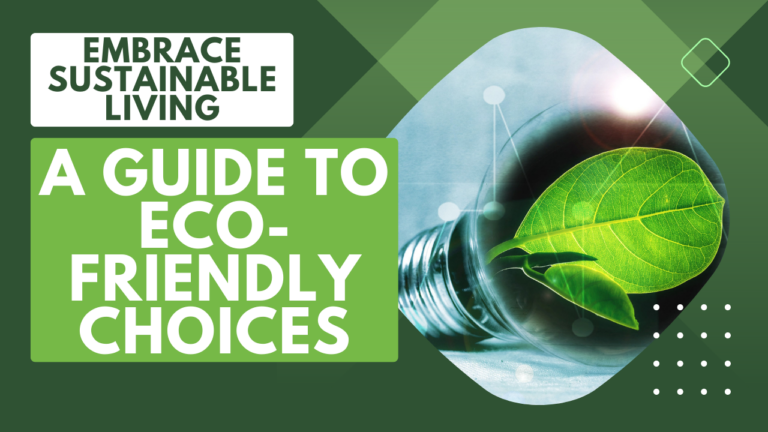How Energy-Saving Light Bulbs Slash Your Power Bills
In today’s world, rising energy costs have come a concern for individuals and businesses likewise. As a result, the need for energy-saving results has come more critical than ever. One similar result that has gained fashionability is the use of energy-saving light bulbs. These innovative bulbs not only give illumination but also help reduce power bills. In this composition, we will claw deeper into the world of energy-saving light bulbs and explore how they can significantly slash your power bills.

Understanding Energy- Saving Light Bulbs
When it comes to light bulbs, there are colorful types available in the request. still, not all light bulbs are created equal in terms of effectiveness. Let’s take a near look at the different types of light bulbs and their energy-saving capabilities.

Traditional vs. Energy-Saving Light Bulbs
1. Incandescent Bulbs-precious and hamstrung
- Incandescent bulbs are the traditional types of bulbs we’re all familiar with. These bulbs are known for their warm gleam but are largely hamstrung, consuming inordinate quantities of energy.
- Due to their inefficiency, incandescent bulbs waste a significant portion of the energy they consume by converting it into heat rather than light.
2. Compact Fluorescent lights( CFLs)- Less precious, but limited effectiveness
- CFLs give a further energy-effective volition to incandescent bulbs. They’re designed to produce light through the use of a fluorescent tube and cargo technology.
- While CFLs do consume lower energy compared to incandescent bulbs, their effectiveness is still limited due to the technology used.
3. Light Emitting Diodes( LEDs) – The future of energy-saving lighting
LEDs represent the slice-edge technology in the world of energy-saving lighting. These bulbs operate using semiconductor and electroluminescence mechanisms, furnishing largely effective illumination.
LED bulbs have fleetly gained fashionability due to their exceptional energy effectiveness and continuity.
Working Principles of Energy- Saving Light Bulbs
To truly understand the energy-saving capabilities of different light bulbs, it’s essential to claw into their working principles. Let’s explore how each type of bulb operates.
1. Incandescent Bulbs- Explanation of thermal radiation and inefficiency
- Incandescent bulbs produce light through thermal radiation, which occurs when a hair inside the bulb is hotted to high temperatures.
- still, this heating process results in the product of inordinate heat, wasting energy and making incandescent bulbs largely hamstrung.
2. CFLs- Overview of the fluorescent tube and cargo technology
- Compact Fluorescent lights( CFLs) use fluorescent tubes filled with gas and carpeted with phosphor. When electricity passes through the gas, it emits ultraviolet light and stimulates the phosphor coating, producing visible light.
- The cargo technology in CFLs helps regulate the inflow of electricity and ensures the proper functioning of the bulb.
3. LEDs- Explanation of semiconductor and electroluminescence mechanisms
- LEDs work by applying an electrical current to a semiconductor material, which causes the release of photons and the product of light.
- The electroluminescence medium used in LEDs allows for the effective conversion of electrical energy into light, making them largely energy-saving.
Energy effectiveness of Light Bulbs
When it comes to energy-saving the wattage and brilliance of a light bulb play pivotal places. Let’s compare the energy effectiveness of different types of bulbs grounded on their wattage and brilliance.

Wattage Comparison Traditionalvs. Energy-Saving Bulbs
1. Incandescent Bulbs-High wattage equals high energy consumption
- Incandescent bulbs generally have high wattage, which directly corresponds to high energy consumption.
- The inefficiency of incandescent bulbs is apparent in their high energy conditions, placing a burden on power bills.
2. CFLs-Lower wattage, enhanced effectiveness
- CFLs consume significantly lower energy compared to incandescent bulbs. They give similar brilliance while operating at lower wattages.
- By concluding for CFLs, you can achieve enhanced energy effectiveness without compromising on illumination.
3. LEDs-minimum wattage, maximum effectiveness
- LEDs take energy effectiveness to the coming position by operating at minimum wattages while delivering outstanding illumination.
- The low wattage of LEDs allows for substantial energy savings, making them an ideal choice for those seeking to slash their power bills.
Lumens Brilliance Comparison
Apart from wattage, the brilliance of a light bulb is also a pivotal factor to consider. Let’s compare the brilliance of different bulb types grounded on lumens.
1. Incandescent Bulbs-High lumens, advanced energy consumption
- Incandescent bulbs frequently produce high lumens, but this comes at the cost of advanced energy consumption.
- The inordinate energy needed to produce advanced lumens contributes to exaggerated power bills.
2. CFLs-similar brilliance at smaller lumens
- CFLs can give similar brilliance at smaller lumens compared to incandescent bulbs.
- This means that CFLs can achieve the asked illumination while consuming lower energy, leading to implicit energy savings.
3. LEDs-Effective brilliance with minimum lumen conditions
- LEDs are able of producing effective brilliance with minimum lumen conditions.
- The advanced technology incorporated in LEDs ensures that they can illuminate a space effectively while consuming significantly lower energy.
The Profitable Benefits of Energy-Saving Light Bulbs
Apart from reducing energy consumption, energy-saving light bulbs offer several profitable benefits. Let’s explore these benefits in terms of original investment cost, continuance cost comparison, and periodic power bill savings.
Initial Investment Cost
1. Incandescent Bulbs-Low outspoken cost, advanced long-term charges
- Incandescent bulbs generally have a lower outspoken cost, making them originally more affordable.
- still, their inefficiency leads to advanced long-term charges due to increased energy consumption and frequent reserves.
2. CFLs- relatively priced, affordable effectiveness
- CFLs are relatively priced, striking a balance between affordability and energy effectiveness.
- While the original investment for CFLs might be slightly advanced, their enhanced effectiveness helps neutralize this cost over time.
3. LEDs-Advanced outspoken cost, long-term savings
- LEDs frequently have an advanced outspoken cost compared to other bulb types.
- However, their exceptional life and energy effectiveness result in significant long-term savings, making them a cost-effective choice.
Lifetime Cost Comparison
1. Incandescent Bulbs-Frequent reserves increase overall cost
- Incandescent bulbs have a fairly short lifetime, which necessitates frequent reserves.
- This constant need for reserves adds up over time, adding to the overall cost of using incandescent bulbs.
2. CFLs-Longer lifetime, reduced relief charges
- CFLs outperform incandescent bulbs concerning lifetime, thereby reducing relief charges.
- The longer lifetime of CFLs translates to smaller reserves, eventually lowering the associated costs.
3. LEDs-Exceptional life, minimum reserves
- LEDs are known for their exceptional life, frequently lasting significantly longer than other types of bulbs.
- The extended lifetime of LEDs minimizes the need for reserves, performing substantial cost savings over time.
Annual Power Bill Savings
To completely grasp the fiscal advantages of energy-saving light bulbs, it’s essential to calculate the periodic energy savings for each bulb type.
1. Calculation of energy savings for each type of bulb
- By assaying the wattage, lumens, and lifetime of each bulb type, it’s possible to calculate the periodic energy savings.
- This computation provides a clear understanding of the implicit power bill savings that can be achieved by switching to energy-saving bulbs.
2. Demonstration of long-term financial advantages
- Examining the advised periodic power bill savings demonstrates the long-term financial benefits of using energy-saving light bulbs.
- These savings can be substantial, making the transition to energy-saving bulbs a wise investment.
Environmental Benefits of Energy-Saving Light Bulbs
In addition to profitable advantages, energy-saving light bulbs also offer several environmental benefits. Let’s explore these benefits in terms of reduced hothouse gas emigrations, dropped energy demand, sustainability, and waste reduction.

Reduced Greenhouse Gas Emissions
- Energy consumption is directly linked to greenhouse gas emissions, which contribute to climate change.
- By using energy-saving light bulbs that consume lower electricity, we reduce our carbon footmark and help alleviate the goods of global warming.
Dropped Energy Demand
- Energy-saving light bulbs play a part in dwindling overall energy demand.
- When a large number of homes and businesses switch to energy-saving bulbs, the collaborative reduction in energy demand eases the strain on the power grid and promotes a more sustainable energy consumption pattern.
Sustainability and Waste Reduction
- Different types of light bulbs have varying impacts on the terrain in terms of waste generation and disposal.
- Incandescent bulbs and CFLs tend to contain dangerous substances, similar to mercury, making proper disposal pivotal.
- LED bulbs, on the other hand, don’t contain dangerous accouterments and have a longer lifetime, reducing waste generation and promoting sustainability.
Common Myths and Misconceptions
Although energy-saving light bulbs offer multitudinous benefits, there are still some myths and misconceptions girding their use. Let’s address many of these misconceptions.

Energy- Saving Bulbs and Mercury
- One concern frequently raised is the presence of mercury in CFL bulbs.
- While it’s true that CFLs do contain small quantities of mercury, the position is significantly lower than utmost people realize.
- When handled and disposed of duly, the mercury content in CFLs poses minimum pitfalls to health and the terrain.
LED Lights and Blue Light Hazard
- LED lights have frequently been associated with blue light hazards, a concern regarding the implicit impact on our eyes and overall health.
- still, advancements in LED technology have allowed manufacturers to develop bulbs with reduced blue light emigrations, therefore minimizing the associated pitfalls.
Energy Savings and Dimmer Comity
- Energy-saving bulbs, especially CFLs and some early LED models, aren’t always compatible with traditional dimmer switches.
- It’s pivotal to check the comity of energy-saving bulbs with dimmer switches before making a purchase to ensure proper functionality.
Tips for Successful Energy-Savings
- To maximize energy savings with energy-saving bulbs, then are some practical tips to consider:
- Choose the right bulb for each specific lighting institution grounded on refulgence conditions and comity.
- conclude for bulbs with the loftiest position of energy effectiveness, similar to LED bulbs.
- Make use of natural light whenever possible to further reduce reliance on artificial lighting.
- Turn off lights when not in use to conserve energy.
- Regularly clean bulbs and institutions to ensure optimal illumination.
Case Studies Real-Life Energy Savings
Real-life case studies give precious perceptivity to the factual energy savings achieved by homes and businesses using energy-saving bulbs.
Domestic Energy Savings
- Numerous homes have reported significant reductions in their power bills after switching to energy-saving bulbs.
- For illustration, the Noble family managed to save over 40 on their periodic energy charges by replacing traditional bulbs with LED bulbs in their home.
Commercial Energy Savings
- Multitudinous businesses have also reaped the benefits of energy-saving lighting results.
- The Greenscape Corporation, a landscaping company, reduced its periodic lighting energy budget by 60 by enforcing LED lighting in their out-of-door spaces.
Frequently Asked Questions (FAQs)
Is it worth investing in energy-saving light bulbs?
Do energy-saving bulbs take longer to illuminate?
Are energy-saving bulbs compatible with different institutions?
Can energy-saving bulbs be used outside?
How do energy-saving bulbs affect the overall lighting quality?
How important plutocrat can I save annually by switching to energy-saving bulbs?
Conclusion
Energy-saving light bulbs have surfaced as an incredibly effective result for reducing power bills while illuminating our lives. Understanding the differences between traditional bulbs and their energy-saving counterparts can empower individuals and businesses to make wiser lighting choices. By embracing the energy effectiveness, profitable benefits, and environmental advantages, and debunking common myths, it becomes clear that energy-saving light bulbs are a practical and sustainable choice. So, embark on the trip of illuminating savings moment and experience a remarkable reduction in your power bills while contributing to a greener future.







